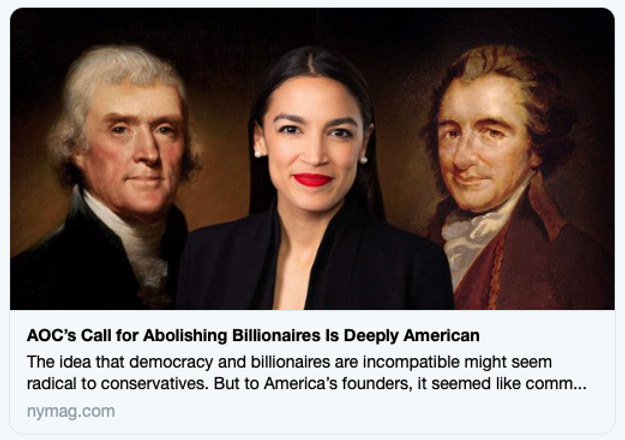
Running for the open Long Island congressional seat (NY-03), progressive Melanie D’Arrigo told me this morning that she has “seen a massive shift in the psyche of voters after the Supreme Court decided to overturn Roe.
Policies that were once championed by lefties, Working Families Party members and younger voters have now seeped into the more establishment side of the electorate. Even voters who aren’t political are now paying attention. I think that will bode well for progressives this year. Lefties and younger voters have always been aligned on implementing solutions to the crises we face.
There are too many politicians who would rather win an election than legislate policy solutions that will address the many pressing needs of this country. It doesn’t matter how many reds or blues are in office if we cannot address our climate crisis, our gun violence epidemic or our failing healthcare system. If Democrats want to remain in control, then they better nominate candidates who have clear plans and transformative platforms who can excite the base and drive voter turnout. If they fail to do so, we are screwed, but if they heed the warnings of our younger electorate, then maybe, just maybe we can work toward creating an America that works for everyone.”
Before dawn this morning, the NY Times described a 22 year old woman, a first time voter, who had two electoral goals in 2020:
1- oust Trump
2- stave off threats to Choice, gun control and climate policy
Maya King and Jonathan Weisman reported that she now sees Biden and other Democratic leaders as “lacking both the imagination and willpower to fight back. She points to a generational gap— one she once overlooked but now seems cavernous.” Her outlook is ageist, but widely shared by young voters. 94% of Democrats under 30 don’t want Biden to run again.
“The numbers,” they wrote, “are a clear warning for Democrats as they struggle to ward off a drubbing in the November midterm elections. Young people, long among the least reliable part of the party’s coalition, marched for gun control, rallied against Trump and helped fuel a Democratic wave in the 2018 midterm elections. They still side with Democrats on issues that are only rising in prominence. But four years on, many feel disengaged and deflated, with only 32 percent saying they are ‘almost certain’ to vote in November… Interviews with these young voters reveal generational tensions driving their frustration. As they have come of age facing racial strife, political conflict, high inflation and a pandemic, they have looked for help from politicians who are more than three times their age. Those older leaders often talk about upholding institutions and restoring norms, while young voters say they are more interested in results. Many expressed a desire for more sweeping changes like a viable third party and a new crop of younger leaders. They’re eager for innovative action on the problems they stand to inherit, they said, rather than returning to what worked in the past.”
The “kids” are wary about institutionalism and wary about incrementalism. They are also wary of aging careerist politicians in their 70s and 80s without vision or dynamism and who don’t keep campaign promises. And they’re wary of established rich people who don’t take their issues seriously.
Last night I had dinner with 2 old friends, Jeff and Jody, and I was telling them about Alan Grayson’s campaign for Congress in Orlando. I had suggested to Grayson that he campaign on some issue popular among progressives— I can’t recall which one— and he told me he’s only campaigning on promises he can deliver on, not on aspirational pie-in-the-sky. My two friends’ jaws dropped. Jeff said, “He’s the only one.” This morning Grayson told me that he feels that “younger voters, unfortunately, don’t have the experience of the Democrats delivering anything to them that has a positive impact on their own lives, except for Obamacare. The Democrats even have had difficulty delivering on programs that virtually everyone agrees on, like extending Medicare to cover eyes, ears and teeth, and decriminalizing marijuana. On the other hand, young people generally recognize that the only hope for positive change is with the Democrats, not with the bigots or the greed-heads. Therefore, they want and need leaders who are credible as ‘change agents.’ They expect leaders not only to hitch our wagons to a star, but actually to reach that star.”
Democratic politicians and pollsters are well aware of the problem they face with young voters, but they insist there is time to engage them on issues they prioritize. The Supreme Court’s recent decisions eliminating a constitutional right to abortion, limiting states’ abilities to control the carrying of firearms, and cutting back the federal government’s regulatory powers over climate-warming emissions are only now beginning to take root in voters’ consciousness, said Jefrey Pollock, a pollster for House Democrats.
“We’re not talking about a theory anymore; we’re talking about a Supreme Court that is turning the country back by 50 years or more,” he said. “If we can’t deliver that message then shame on us.”
Sounds like a prescription for another lesser of two evils election cycle, the only kind of campaigning the Democratic Party consultants understand how to “do.” Technically, lifelong conservative Republican Charlie Sykes isn’t a Democratic Party consultant yet. Technically.
This morning he offered them The One Thing That Could Save Joe Biden: “He needs Donald J. Trump to formally announce that he’s running in 2024… Biden himself likes to say, ‘Don’t compare me to the Almighty, compare me to the alternative.’ With Trump in the race, Biden would no longer be running against the ghost of FDR, or a generic Republican. He wouldn’t be constantly compared with a mythical progressive pol who could magically enact sweeping spending plans in an evenly divided Congress. The alternative would be Trump. That fact alone would go a long way toward fixing some of Biden’s problems.
Democrats, who are now wallowing in their season of acedia and self-loathing, would come home… Trump’s early entry would also remove any lingering rationale for ignoring him; and voters would be reminded again why they tired of his act the first time around. The New Trump is, of course, the same as the Old Trump, but the memories of his star-turn on The Apprenticehave been replaced with images of his new role as the Captain of Team Crazy. And Team Sedition. If anything, the defeated, disgraced, twice impeached president, in pouting exile, has become more vicious, unhinged, narcissistic, dishonest, reckless, and demagogic than he was as Mad King. People would notice.
Voters would be confronted with the very real threat of his return to the Oval Office, with access to the nuclear codes, unlimited pardon power, and control over the DOJ, FBI, CIA, and IRS.
This time around, there’s no mystery about what Trump 2.0’s Unplugged Revenge Tour would look like. There would be no grown ups in the room. It would be Unhinged All the Way Down.
The moment he announces, Trump also becomes the presumptive nominee and Maximum Leader of the GOP, and that would shape both the midterms and the next two years. In his latest desperate bid for power, he will demand that the GOP serve his obsessions— especially if he is facing criminal charges and condign punishment for his attempted coup. (And no, don’t expect the GOP to rediscover its collective conscience and turn against him.)
…[W]e’d get endless hearings into Hunter’s laptop, one or two impeachments of Biden, radical culture war legislation, national abortion bans, endless relitigation of the 2020 election, gridlock, government shutdowns, and perhaps even defaults on the debt.
Could Biden run against that kind of Congress? Just ask Harry Truman. Or Bill Clinton.

This morning, Washington congressional candidate Jason Call told me that “The game that the Democratic Party establishment has played literally since I began voting in 1992 has worn thin: leaning to the right to satisfy corporate donors and appealing to moderate Republicans as the consultant class-devised ‘winning strategy’ because where are the more progressive voters going to go. We have seen this ‘Ratchet Effect’ over and over, each presidential cycle has been the same– trash the progressive candidates and then demand loyalty to the centrist while being told that voting Democratic was the only way to preserve Roe and protect vulnerable communities. The wheels have fallen of that tired old cart, finally. I was able to bring a lot of young progressives into the party locally following Bernie’s 2016 run. But many of them watched the machinations of party leadership in horror, basically telling them they had no voice and to do what they’re told, support the corporatists they are presented with. Deeply dissatisfied with the corrupt party machinery, they left. Precinct Committee Officer filings in Washington State in 2022 were less than half of 2016 when Bernie inspired people to get involved. On the one hand this puts the Democratic Party squarely back in the hands of the corporate consultant class. On the other hand, these voters are now signaling that they’re no longer interested in party politics, understanding that the corporate duopoly is not working to serve their future. In my district, there’s only one candidate who is inspiring young people to get involved with their campaign, and I’m very much looking to see how that presents itself in the August 2 primary. Incumbent Rick Larsen is desperately trying to paint a false picture of who is supporting him.”
Please don’t forget to contribute what you can to Melanie D’Arrigo, Jason Call and Alan Grayson. You’ll find them on the same page here— and hopefully, come January, on the same page as Congress proceeds to tackle the problems our leaders seem to be allowing to just fester.

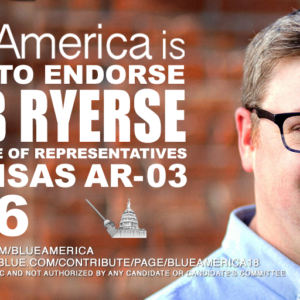
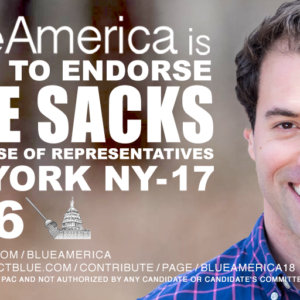

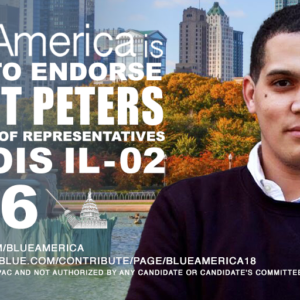
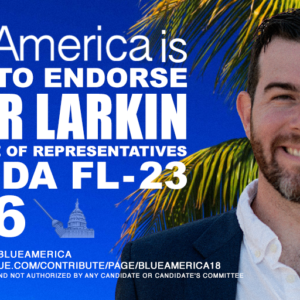



Comments